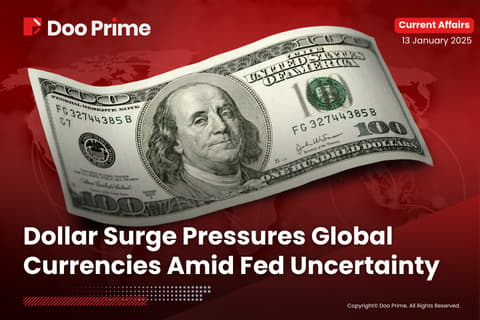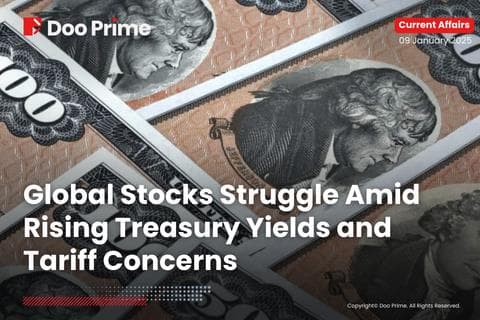WORLDWIDE: HEADLINES
Fuel Spike May Push Japan’s Inflation Near Boj’s 2% Goal, Says Policymaker
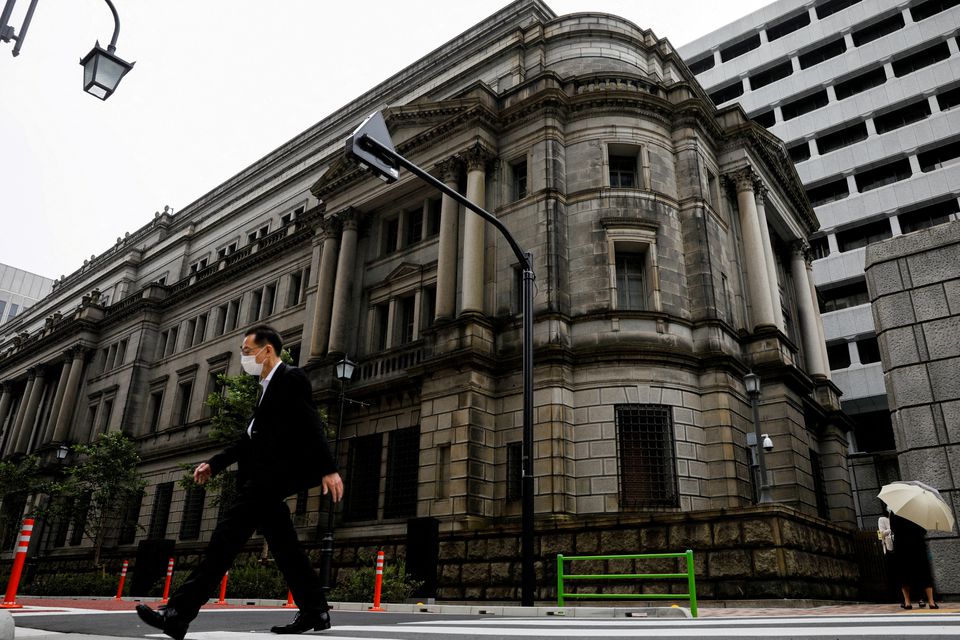
Japan’s consumer inflation could briefly approach the central bank’s elusive 2% target as geo-political risks push up energy costs, a central banker said on Thursday, in a sign of the broadening fallout from the crisis in Ukraine.
But Bank of Japan (BOJ) board member Junko Nakagawa reiterated the bank’s resolve to keep monetary policy ultra-loose, stressing that wages need to rise in tandem with inflation for such price rises to be sustainable.
“For the time being, inflationary pressure will remain strong, mainly for energy, food and industrial goods,” Nakagawa said in a speech, adding that year-on-year growth in core consumer prices may “briefly rise close to 2%.”
“Even if that happens, what’s important is to scrutinise the factors (driving up prices) and whether Japan’s economic fundamentals are strong enough to make such price rises sustainable,” she said.
While soaring raw material costs have pushed up wholesale prices in Japan, core consumer inflation stood at 0.2% in January on weak household spending and wage growth.
But many analysts expect core consumer inflation to pace up towards the BOJ’s 2% target from next month, as the drag from cellphone fee cuts dissipates and rising oil costs boost gasoline and electricity bills.
More firms appear to be passing on higher raw material and labour costs to consumers, Nakagawa said, adding the BOJ must be mindful of the risk the pass-on could speed up more than initially expected.
Nakagawa’s remarks heighten the chance the BOJ will upgrade its inflation forecast in a quarterly review of its projections in April. In current forecasts, it expects core consumer inflation to hit 1.1% in the fiscal year beginning in April.
Full coverage: REUTERS
China’s Feb Services Activity Expands At Slowest Rate In Six Months
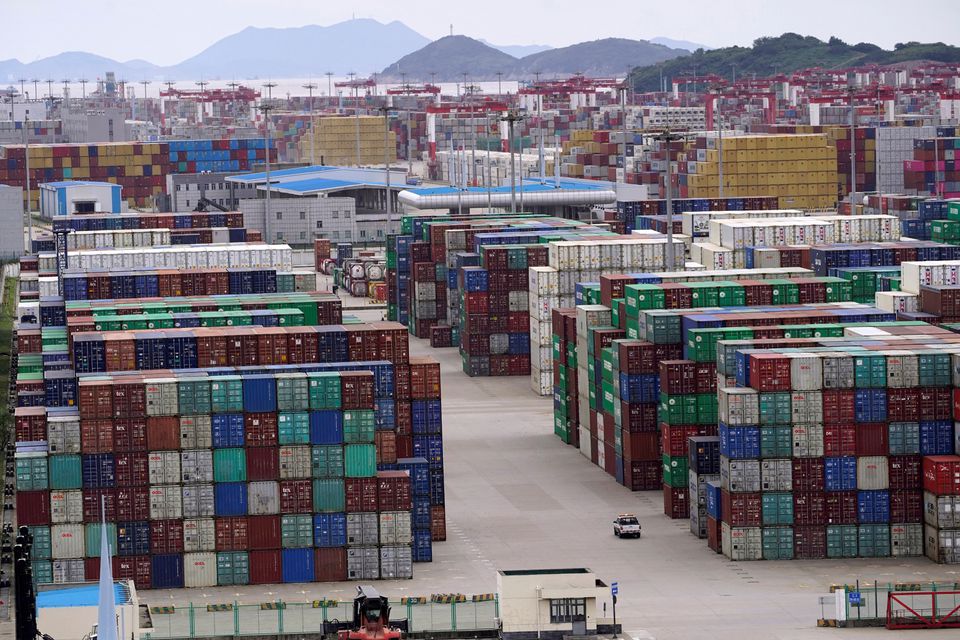
Activity in China’s services sector in February expanded at the slowest pace in six months, as the sprawling industry reels from the government’s tough containment measures to stop the spread of local COVID-19 outbreaks, a survey showed on Thursday.
The Caixin/Markit services Purchasing Managers’ Index (PMI) dropped to 50.2 in February – the lowest since August and only a touch above the 50-point mark that separates growth from contraction on a monthly basis – from 51.4 in January.
The softer reading contrasted with a slight pickup in the services sector growth in an official survey on Monday, although both results pointed to a still soft expansion as the industry remains vulnerable to disruptions amid China’s zero-COVID approach.
More Chinese cities are battling local COVID-19 cases in recent weeks, with infections from the city of Hong Kong surging, although the total number of cases pales in comparison with those in other countries.
A sub-index for new business in the private survey stood at 48.8 in February, the first decline since August last year, as services firms reported measures to contain COVID cases, including the travel restrictions, impacted client demand.
New export business fell for the second straight month, although at a slower pace.
That led to another reduction of payrolls at China’s services firms, but the extent of decline eased.
“Demand for services contracted, while supply expanded at a limited pace. The spread of COVID-19 in several regions hurt business operations of service companies,” said Wang Zhe, Senior Economist at Caixin Insight Group.
“Policymakers should enhance support policies to encourage employment, strengthen structural support for small and mid-size enterprises and effectively reduce the tax burden and fundraising costs for companies,” said Wang from Caixin Insight.
Full coverage: REUTERS
WORLDWIDE: FINANCE/BUSINESS
Oil Leads Mad Resource Rush, Leave Equities Behind
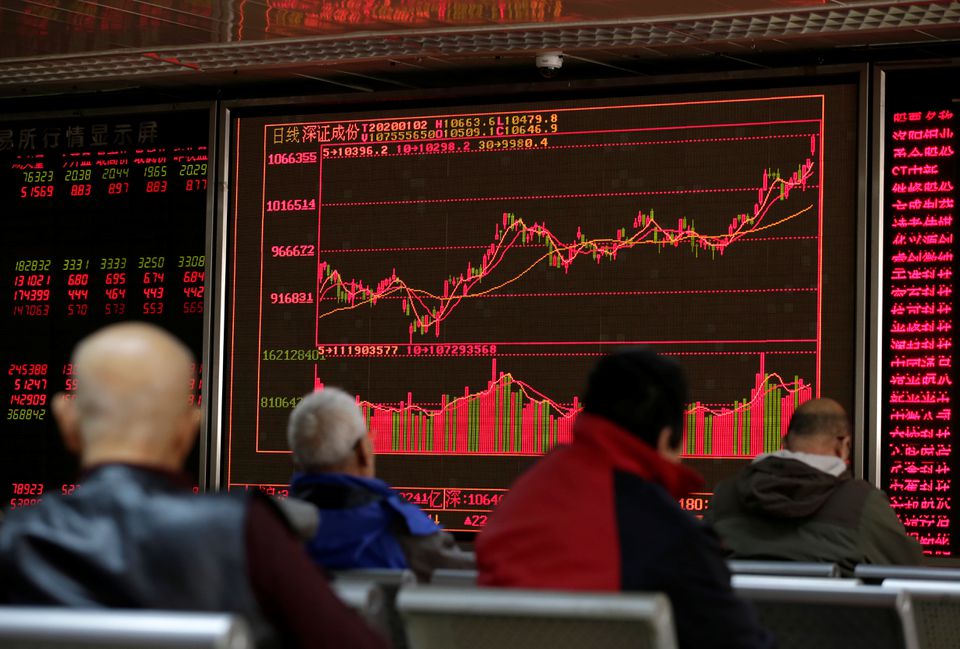
Asian shares were trying to rally on Thursday after reassuring comments from the Federal Reserve helped Wall Street bounce, even as the war in Ukraine sent oil and commodity prices spiralling ever higher in a grim omen for global inflation.
Brent crude is now up almost 20% on the week, while everything from coal to natural gas and aluminium are on fire as Western nations tighten sanctions on Russia.
Ukraine’s second biggest city, Kharkiv, suffered heavy bombardment on Wednesday and dozens of countries referred Moscow to be probed for potential war crimes.
“So far, investors appear to be discounting a greater chance of “stagflation-lite”, meaning sanctions result in even more inflation in developed markets and a bit less economic growth,” said Thomas Mathews, a markets economist at Capital Economics.
The rush to commodities lifted resource-rich Australian stocks (.AXJO) 0.9%, while Indonesia (.JKSE) was just off a record high. Japan’s Nikkei (.N225) managed a modest 0.5% gain, while MSCI’s broadest index of Asia-Pacific shares outside Japan (.MIAPJ0000PUS) nudged up 0.4%.
MSCI added to Russia’s financial isolation by deciding to exile the country from its emerging markets index, while FTSE Russell said Russia would be removed from all its indices.
Fitch slashed Russia’s sovereign credit rating six notches to “junk” status, saying it was uncertain the country could service its debt, and Moody’s soon followed.
After bouncing overnight, S&P 500 stock futures were down 0.2%, while Nasdaq futures eased 0.3%.
EUROSTOXX 50 futures slipped 0.5%, and analysts at JPMorgan had a stark warning for clients.
“We believe investors should underweight the Euro area in both the currency and the equity space given its vulnerability to any further escalation,” they wrote in a note.
“We revised our commodity price forecasts 10-20% higher across the board given the unfolding geopolitical crisis,” they added. “One silver lining is that the crisis forced a dovish reassessment of the Fed by the market, and we continue to assume a ‘moderate’ hiking path.”
Full coverage: REUTERS
Euro Pinned As War Stokes Stagflation Fears
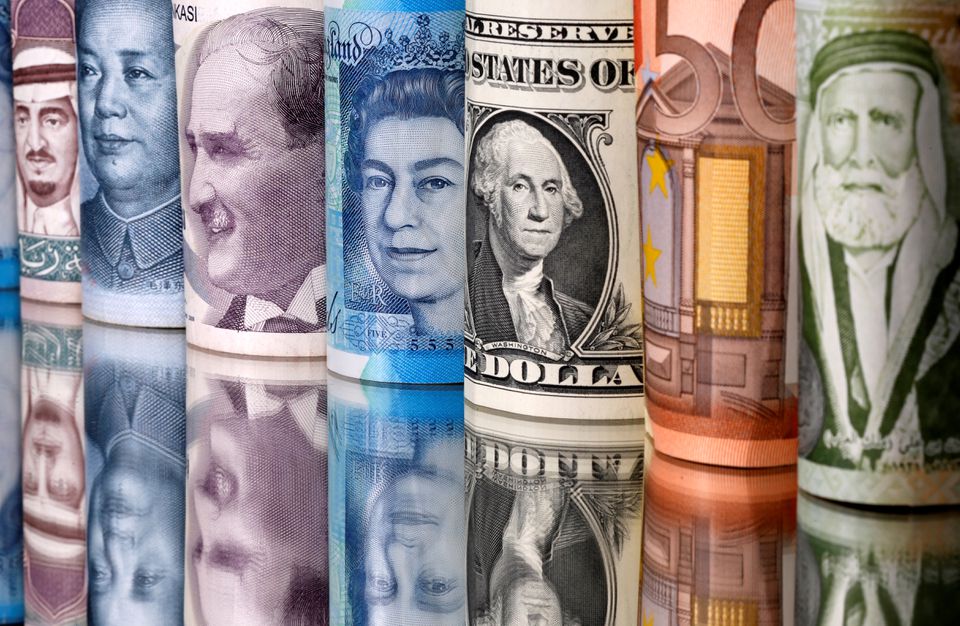
The euro was pinned near a 21-month low on Thursday by worries that Russia’s invasion of Ukraine will hurt European growth, while commodity currencies hit multi-week highs as export prices surged.
The euro recovered to $1.1111 early in the Asia session from an overnight trough of $1.1058, its lowest since May 2020. Yet it is down 1.4% for the week so far and is heading for a fourth consecutive weekly loss against the U.S. dollar.
The Australian dollar, on the other hand, touched a seven-week high of $0.7306 on Wednesday and hovered near that at $0.7295 on Thursday as prices for Australian exports such as coal, gas and grains soar.
The euro is now down nine sessions in a row to a four-year low of A$1.5218 against the Australian dollar.
“In the current crisis, we view the euro’s status as vulnerable,” said senior FX strategist Jane Foley at Rabobank, which is reviewing its $1.11 target on the downside.
“On a corporate level there is web of complex relationships between the EU and Russian firms, particularly in the energy sector,” Foley said.
“Energy prices have pushed higher as have those for many agricultural products. The war in Ukraine thus suggests higher for longer inflation and the potential of slower economic growth.”
Euro zone inflation hit a record high at 5.8% last month, overnight data showed, surpassing expectations and prompting warnings from policymakers about stagflation.
Sterling has been tugged lower with the euro since Russia’s invasion, although it managed a bounce from Wednesday’s low of $1.3275 to trade at $1.3387 in Asia.
Havens such as the yen and Swiss franc have been supported, though they dipped overnight with strength from the dollar and riskier currencies. The yen last traded at 115.54 per dollar. The U.S. dollar index sat at 97.479.
Federal Reserve Chair Jerome Powell said on Wednesday the central bank would begin “carefully” raising interest rates this month, but was ready to move more aggressively if needed – more or less the scenario traders have priced in.
Full coverage: REUTERS
Oil Jumps, Brent Above $116/Bbl As Supply Issues Persist
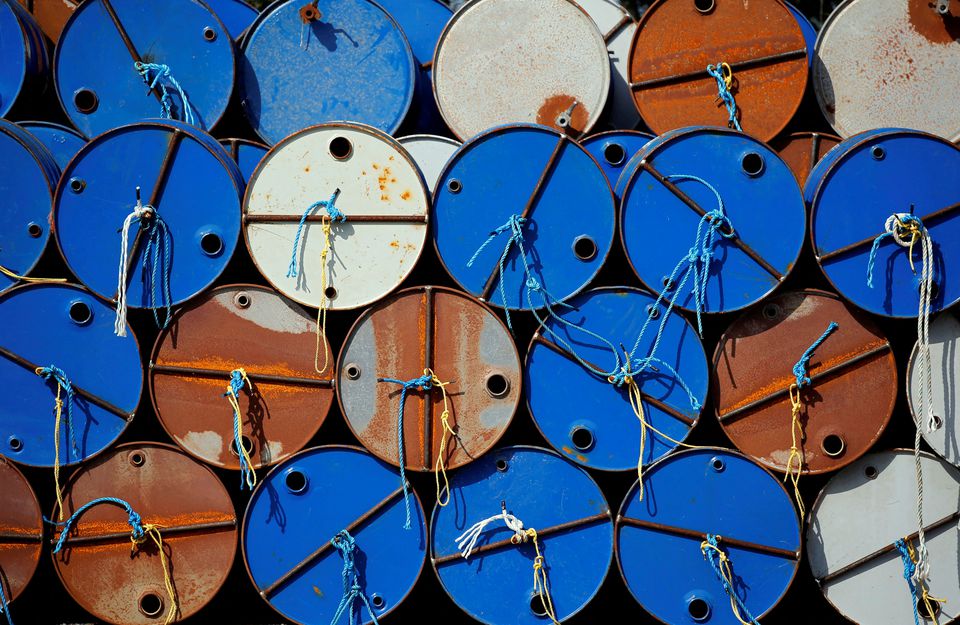
Oil prices extended their rally on Thursday, with Brent rising above $116 a barrel, as trade disruption and shipping issues from Russian sanctions over the Ukraine crisis sparked supply worries while U.S. crude stocks fell to multi-year lows.
The Organization of the Petroleum Exporting Countries and their allies including Russia have decided to maintain an increase in output by 400,000 barrels per day in March despite the price surge, ignoring the Ukraine crisis during their talks and snubbing calls from consumers for more crude.
Brent crude futures rallied to $116.83 a barrel, the highest since August 2013. The contract was at $116.60 a barrel, up $3.67 by 0112 GMT.
U.S. West Texas Intermediate crude was at $113.01 a barrel, up $2.41 after touching a fresh 11-year high of $113.31 a barrel.
“The White House ratcheted up pressure on Russia with the announcement that it will apply export controls targeting Russian oil refining,” ANZ analysts said in a note.
“This raises concerns that Russian oil supplies will continue to hit constraints.”
The market was reacting to the latest round of sanctions by Washington on Russia’s oil refining sector that raised concerns that Russian oil and gas exports could be targeted next.
So far, it has stopped short of targeting Russia’s oil and gas exports as the Biden administration weighs the impacts on global oil markets and U.S. energy prices.
Russia is the world’s No. 3 oil producer and the largest exporter of oil to global markets, according to the International Energy Agency. Russian crude and oil products exports reached 7.8 million barrels per day in December, the agency said.
Meanwhile, U.S. oil inventories continued to decline. The key Cushing, Oklahoma crude hub’s tanks were at their lowest since 2018, while U.S. strategic reserves dropped to a near 20-year low – and that was before another release announced by the White House on Tuesday in tandem with other industrialised nations.
Full coverage: REUTERS

